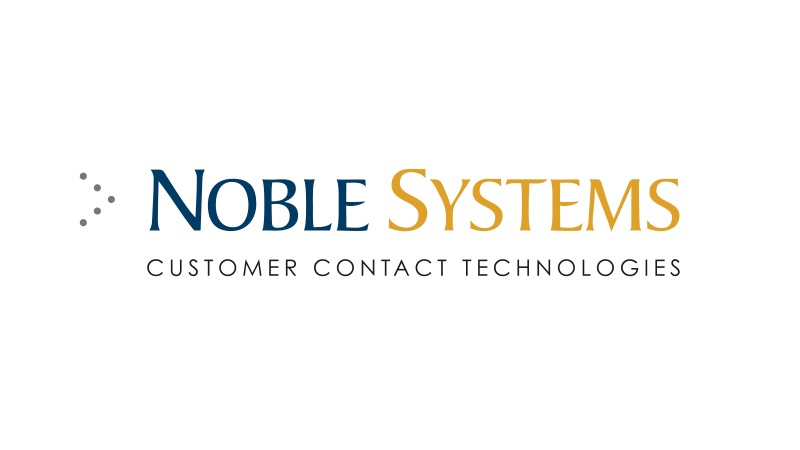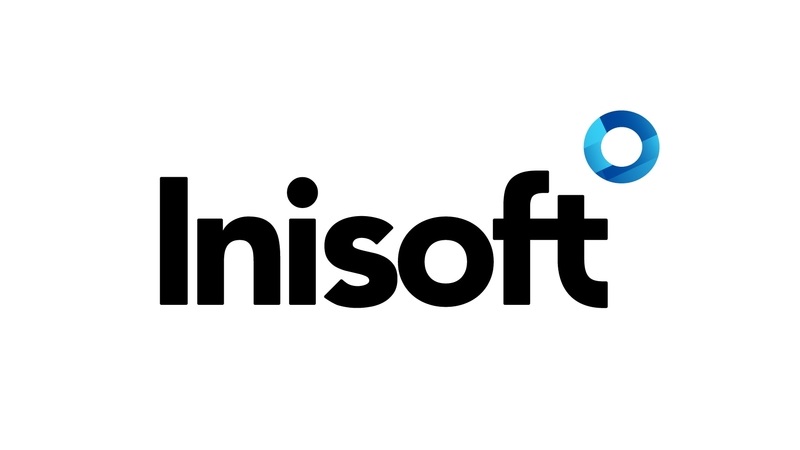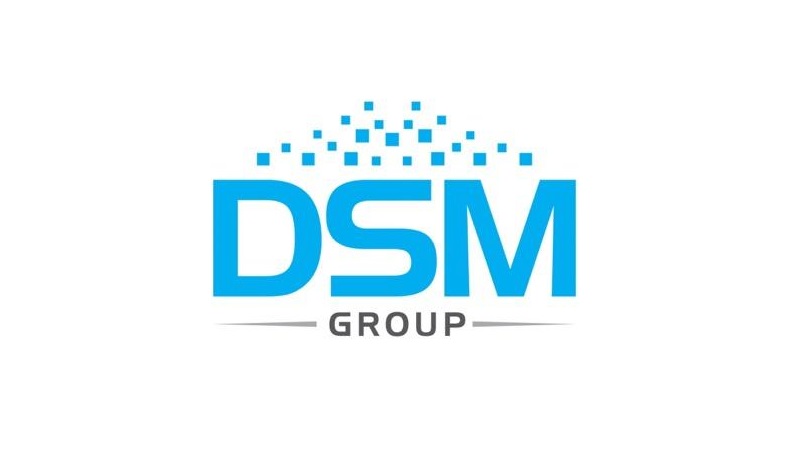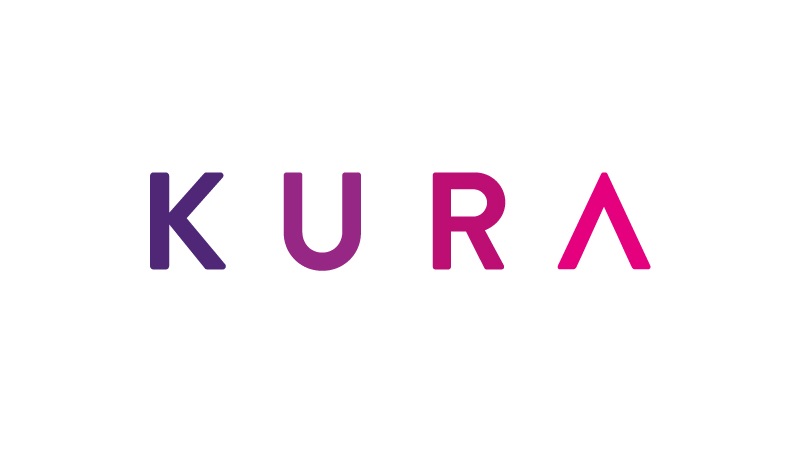New App to ‘Aggressively’ Change Workforce
https://contactcentresummit.co.uk/wp-content/uploads/2017/01/iphone-518101_1920-1024x683.jpg 1024 683 Jack Wynn Jack Wynn https://secure.gravatar.com/avatar/e6e4c614a3e43ed5c1e30f3c96cd4d3d?s=96&d=mm&r=gA mobile call centre app is aiming to remove the need of computer terminals for employees without risking data security.
The Verint Mobile Work View looks to allow employees constant access to workplace information regardless of time or location.
With a main goal of removing the reliance on computers and web browsers, the app will also allow employees to access work schedules and request time off through their mobile devices.
The app allows for enhanced security capabilities to ensure information isn’t stored on devices, and “enables companies to confidently extend mobile capabilities to employees without compromising data security,” says Verint SVP and general manager in strategic operations, Nancy Treaster, adding “we are aggressively and proactively adding apps and other solutions that help address the evolving requirements of today’s changing workforce.”
The changes integrate Bring Your Own Device (BYOD) policies, which can have large financial benefits and increase workforce optimisation in employees.
The convenience of instantly using your own devices, according to Ms Treaster, will allow workers to “experience the benefits of further engagement and empowerment that comes with delivering on-demand, actionable information.”










